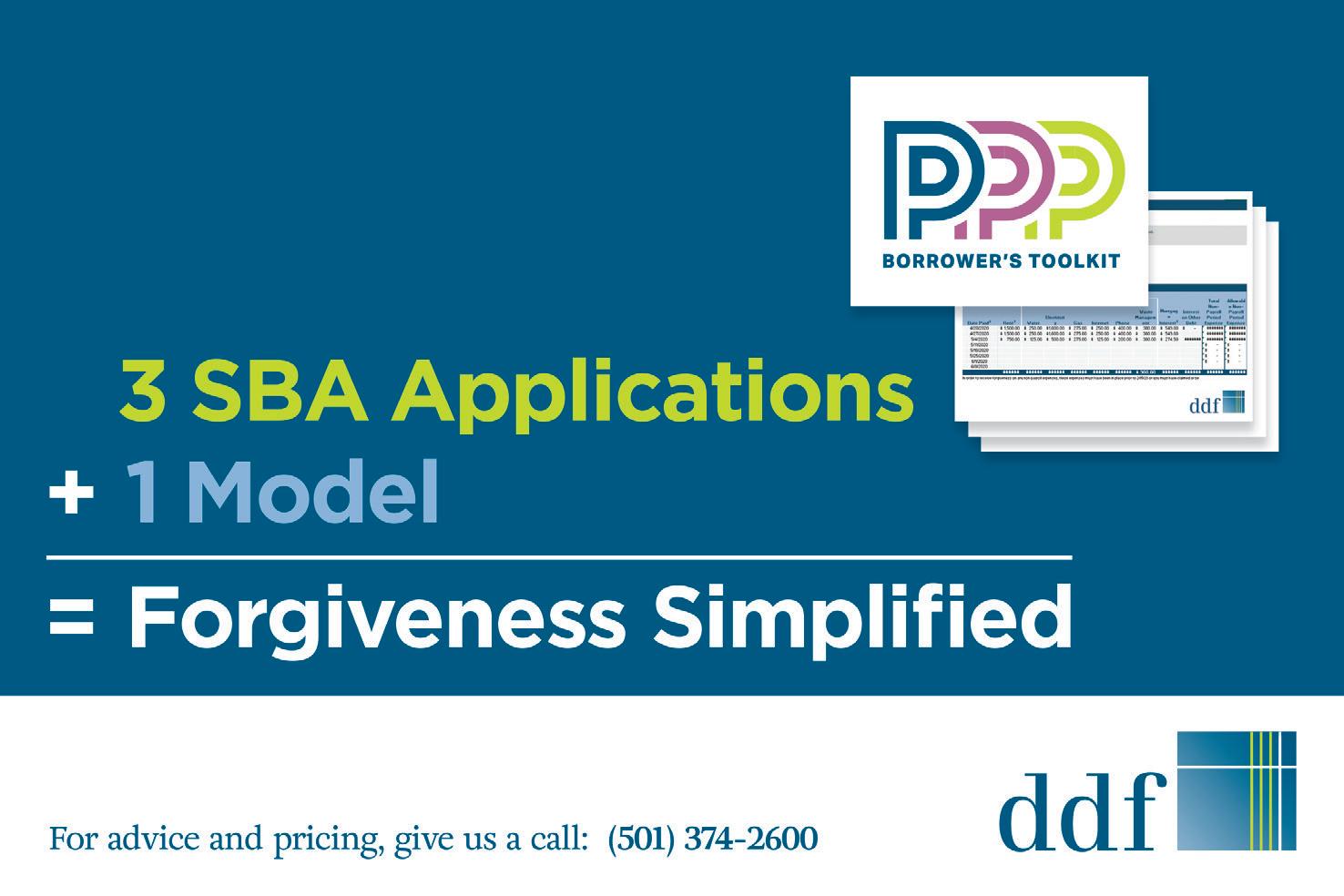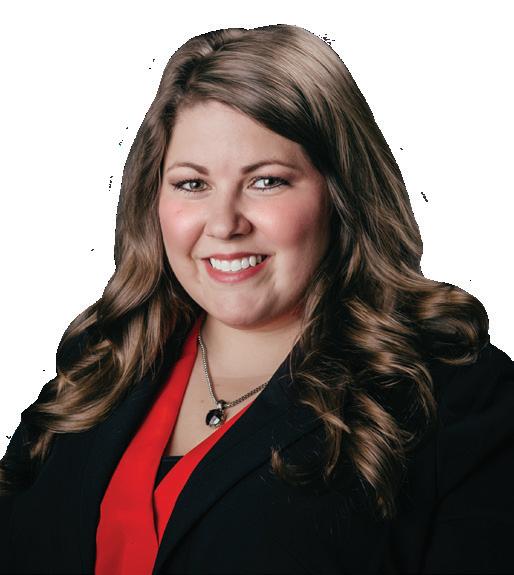
5 minute read
A Pond Full of Black Swans
A Pond Full of Black Swans
Kyle Floyd | Principal, Branding & Design | DD&F Consulting Group
Investopedia defines a black swan as “an unpredictable event that is beyond what is normally expected of a situation and has potentially severe
consequences. Black swan events are characterized by their extreme rarity, severe impact, and the widespread insistence they were obvious in hindsight.” The part of this definition that could be called into question is “extreme rarity.” Our industry – and our country – has experienced three such “rare” events in a relatively short period of time.
The Great Recession of 2007 taught us that we cannot rely on our savings or investments because they can disappear in a moment. It also shone a light on the inadequacies of the high-powered risk models utilized by large investment banks and financial intermediaries in a rapidly changing environment. We learned that not every American is ready for the responsibility of owning a home, and as a nation of consumers, we are prone to financial ignorance.
The terrorist attacks of 9/11 taught us that unexpected events can dramatically alter our sense of personal safety, our finances and even our individual freedoms. The illusion of American invincibility was shattered along with the World Trade Center towers.
And this year, an invisible virus – and the world’s reaction to it – has taught us that there are no guarantees about anything. By many measures, this has been a shining moment for community banks. Many have accelerated digital and operational practices that were stuck in neutral and have created a flexible ecosystem of ways to serve their customers. Through the PPP loan program,
local banks have found themselves in a position to be a lifeline to struggling business owners. Our industry deserves a pat on the back. It’s been difficult, and it isn’t over, but banks have risen to the moment.
But moments have a way of finding themselves in the rearview mirror, don’t they? So let’s make that pat on the back a quick one and think about what comes next. These events aren’t as rare as the definition above suggests, and life doesn’t return to normal when they come to an end. Events like these fundamentally change the fabric of society, and anyone who tells you they know what the future will look like is definitely not to be trusted. No high-tech risk model, no TED talk, and no bank consultant can offer you anything other than an educated guess. The future of banking will rely on the ability and willingness of its leaders to embrace change. Here are some ways to put that into practice:
LISTEN UP
Every bank says it listens to its customers, but few truly do. The options people have for money management are growing exponentially, so banks should be looking at what they currently offer and how that needs to change to better serve tomorrow’s needs. Customer feedback can be gathered in many ways, from coffee-shop interviews
to online surveys. If you’ve been in the banking industry for a while, you have your own biases and assumptions that can be hard to look past, which eventually can lead to a disconnect between the bank and the people it serves. One-time research can be useful, but in a constantly changing world, the best course of action is to implement a continuous cycle of feedback and adaptation. Make it the responsibility of someone within the bank, leave your assumptions at the door, and don’t be afraid of what you might hear!
THE CULTURE CLUB
One thing we learned from Who Moved My Cheese is that change is difficult, and not everyone deals with it well. We have already established that disruption is the new normal, so how can we change the internal culture of our organizations so that we can keep our best people, and allow them to do their best work? If your bank is fearful of change, and slow to adapt, the customer experience will suffer and employees will seek greener pastures. Bankers are not unfamiliar with marketing, but too few consider marketing to the people on their own payroll! As 2021 approaches, take time to think about your bank’s culture and purpose. Do they mean anything for today, or are you hanging on to some stale words just because the founder put them on a plaque? Imagine your company’s journey as an adventure, with new sights and potential peril around every bend. If your people believe in your purpose, then you have a powerful crew to keep you afloat. If not, they may just jump ship.
IT’S THE (ATTENTION) ECONOMY!
In 1971, American economist Herbert A. Simon was one of the first to discuss the concept of the “attention economy,” where “a wealth of information creates a poverty of attention and a need to allocate that attention efficiently among the overabundance of information sources that might consume it.” Whew! Had Dr. Simon lived to 2020, his hyper-analytical head might just have exploded to see how prophetic his words were. Even though companies know this is the case, they just keep producing more and more information (i.e. marketing) out of a misguided notion that people need more information to make a purchase decision. Have you considered that they actually need less? As bank consolidation continues and smaller banks are now on the same digital playing field as larger ones, “brand” might be the only real differentiator you can count on. Your brand is the core of who you are, it’s The Thing that customers will remember you for, and where preference is built. In a world overloaded with information, the most powerful messages are the most precise and the most unique. As Oscar Wilde said, “Different isn’t always better, but better is always different.”
It’s unfortunate that popular culture and the media adopt a pessimistic tone in their narrative of the future. We choose a more positive approach. Banking has a reputation for being slow to adapt and acting downright stodgy, and deservedly so! But here before us is a chance to get out in front of the narrative and help lead our communities forward with wisdom and hard work. Black swan events may have become common, but our response doesn’t have to be.











